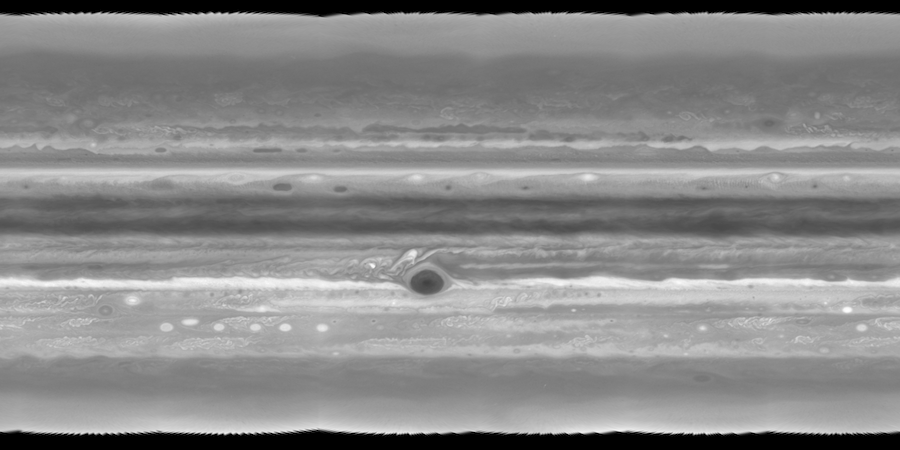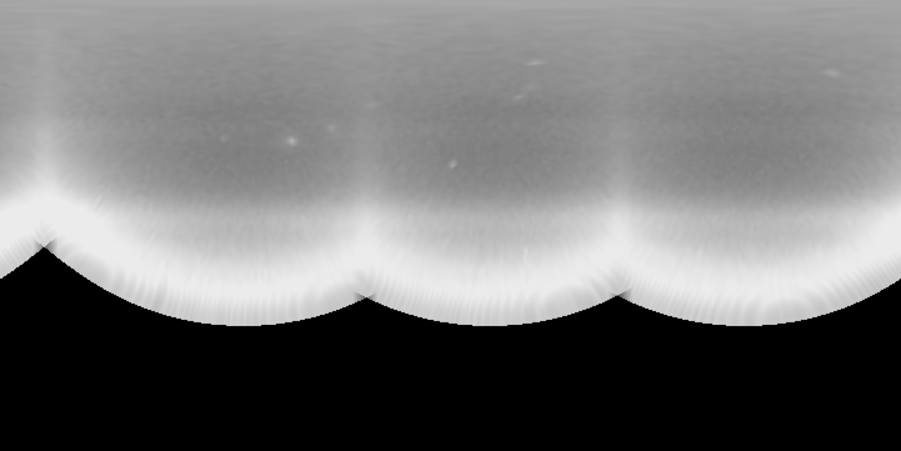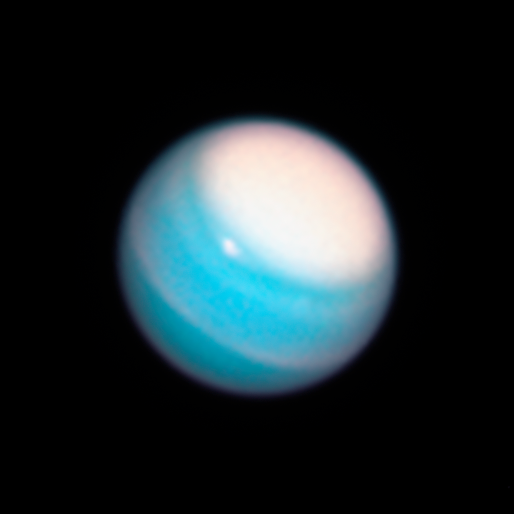I thought you might like to see some spots on Uranus.
When Voyager passed Uranus in January 1986, there was very little to see.
That was largely because it was near the equinox, the whole of the planet was being illuminated uniformly.
At other times in the orbit, near solstice, we can expect to see more in the atmosphere, so I’ve been lookimng out for Hubble observations of Uranus.
Hubble images of the outer planets have been collected in October-Sepotember yearly since 2014-5 and posted on https://archive.stsci.edu/prepds/opal/
“OPAL” stands for outer planet atmosphere legacy.
Jupiter looks like this. You can see the horizontal bands, great red spot and strom systems.

Uranus looks like this from Sep-Oct 2020. The horizontal lines are bands. The spots are storm systems.
With a bit of luck, somebody will put together the images taken in different filters and at different times to make a short movie of Uranus.

